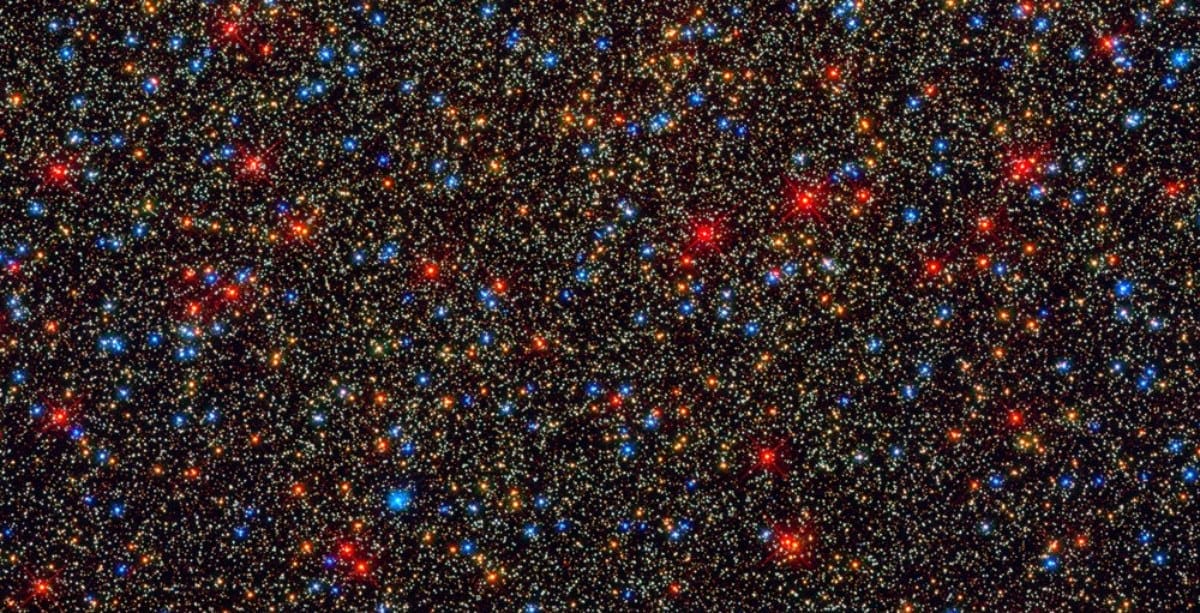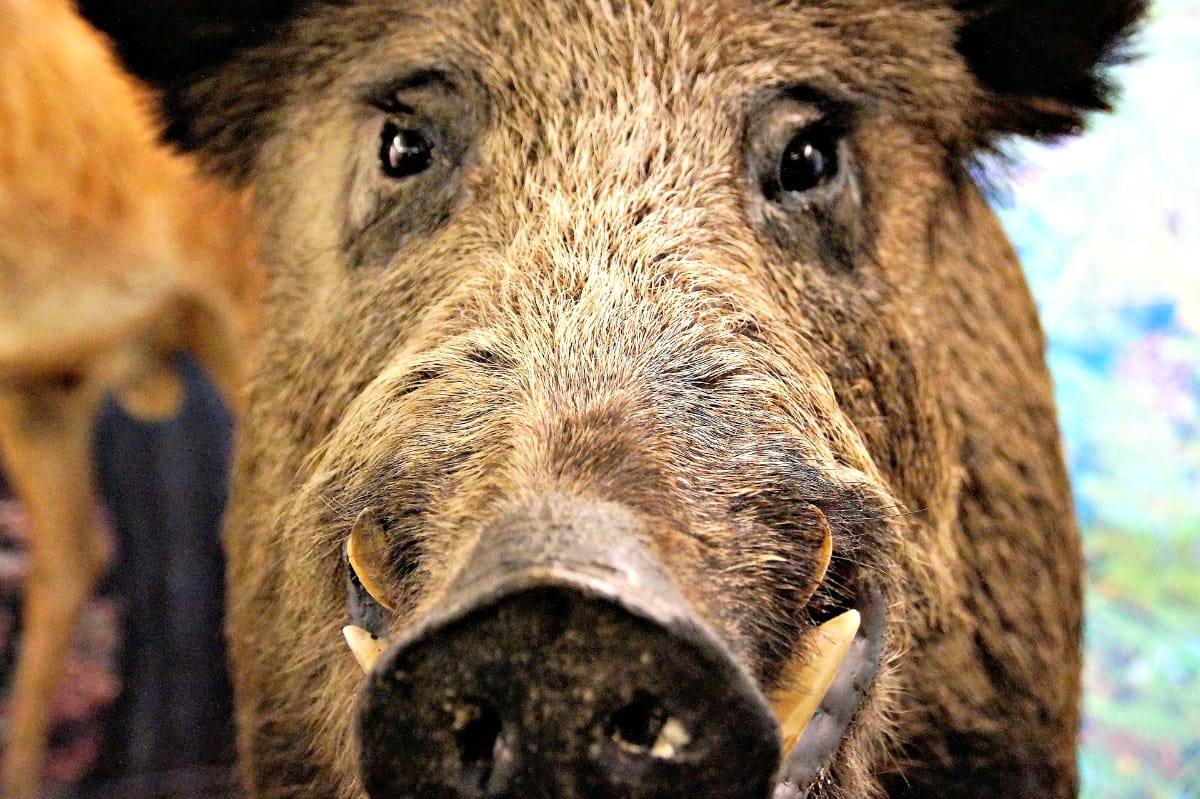

Uh oh...
It appears that you're using a severely outdated version of Safari on Windows. Many features won't work correctly, and functionality can't be guaranteed. Please try viewing this website in Edge, Mozilla, Chrome, or another modern browser. Sorry for any inconvenience this may have caused!
Read More about this safari issue.

Jennifer Wiseman grew up in Mountain Home, splitting her childhood between town and country life. Her earliest years are full of memories of her parents’ downtown shops. Wiseman’s, on the town square, sold clothing to the community at a time when many headed downtown to do their shopping. Her parents also owned a small fabric store that supplied sewing materials for many who still did their own sewing. Wiseman enjoyed growing up in town, surrounded by neighborhood friends, attending a local church and being a vibrant part of Mountain Home.

When she was eight, her parents decided to try something different. They bought a farm outside of Mountain Home to raise beef cattle. Wiseman recalls feeling upset about the move for a day or so. Then, she discovered the magic of farm life. She roamed the family’s land, exploring the woods, meadows and streams. At night, she looked up and explored the stars. It was here, under a dark Arkansas sky, that Wiseman first discovered her love of stars. Today, Wiseman is a senior astrophysicist at NASA’s Goddard Space Flight Center, where she serves as the senior project scientist for the Hubble Space Telescope.
Although it is a long road from a rural childhood in Arkansas to becoming a senior scientist at NASA, Jennifer Wiseman credits her childhood in Mountain Home and her family with giving her the encouragement and confidence she needed to get there. “I received a great education and encouragement in Mountain Home,” Wiseman says. “My teachers and guidance counselor encouraged me to reach high.” When Wiseman wasn’t surrounded by stars at night, she was thinking about them during the day. The “Star Wars” film series was newly released, and NASA’s Voyager I and Voyager II probes were sending pictures back to Earth. When Wiseman saw the close-up views of distant worlds, she knew she wanted to be involved in space exploration somehow.

Wiseman attended local Mountain Home schools, graduating from Mountain Home High School and heading to the prestigious Massachusetts Institute of Technology (MIT). Wiseman’s family was instrumental in enabling her to attend MIT. Even though her parents didn’t have college degrees, they made sure all four of their children did. Wiseman’s oldest brother, who obtained a doctoral degree in economics, encouraged Wiseman to apply to MIT. Once there, she chose to major in physics, a basic science degree she knew would give her the foundation needed for further study.
“At MIT, I was involved in real scientific research. I learned a lot about space science and different aspects of astronomy, including analyzing data from a Voyager probe,” the same mission that inspired her to pursue science. In 1987, during her senior year at MIT, she attended a field camp for students at Lowell Observatory in Arizona. While there, scanning photographic plates, Wiseman discovered a previously unknown comet. She confirmed the discovery with her mentors, the late Dr. Edward Bowell and astronomer Brian Skiff, who took the original photographs. The comet was then named 114P/Wiseman-Skiff.

The discovery of a comet was a major boost of confidence for Wiseman and propelled her to graduate school at Harvard University, where she chose to focus on astronomy and specialize in star formation. At Harvard, Wiseman learned how to use large telescopes, like those at the Very Large Array (VLA) in New Mexico, to peer deep into galactic nebulae where new stars are forming. After she received her doctorate in astronomy, Wiseman was a postdoctoral research fellow at the National Radio Astronomy Observatory. While there, she studied interstellar clouds and star formation. Afterward, she became a Hubble fellow at Johns Hopkins University in Baltimore.
While Wiseman studied star formation, she also became interested in science policy and how science is viewed from a national perspective within the government. She started looking for an opportunity to be involved in science policy and was named a Congressional Science Fellow. This fellowship places scientists either in a congressional office or on a committee for a year. Wiseman served on the staff of the House Committee on Science for a year and a half and found the experience fascinating. “I learned how the federal agencies like NASA are supported and overseen through our legislative branch, and it was wonderful exposure to our national science policy.”
After her fellowship, Wiseman joined NASA as a program scientist. She oversaw some grant programs in astrophysics, as well as several astrophysics missions with NASA headquarters in Washington, D.C. After that, she went to Goddard Space Flight Center in Maryland, a division of NASA that has the largest collection of scientists, engineers and technologists in the country. Wiseman directed Goddard’s Laboratory for Exoplanets and Stellar Astrophysics for several years. For the last 14 years, Wiseman has been the Senior Project Scientist for the Hubble Space Telescope mission. Hubble was launched in 1990 and continues as a powerful discovery mission. Scientists use its clear vision to peer into our universe.

New Star Cluster and Nebula NGC 3603. Credit: NASA, ESA. Link to image in higher resolution versions: https://hubblesite.org/contents/media/images/3874-Image
Wiseman works with a small team of engineers, scientists, and project managers, but this small team makes an impact worldwide. Astronomers and scientists submit proposals to reserve observation time with the Hubble telescope. It’s a competitive process; applicants must be specific about why they want to use Hubble and what they hope to accomplish, and only about one in five proposals are approved.
“We enable scientists around the world to submit proposals for Hubble observations that address interesting phenomena like the weather on Jupiter, the deep universe, or the way galaxies have formed and changed. It’s exciting to enable Hubble to be available to many scientists and tell people about it around the world,” Wiseman says about the program. Many astronomers also propose Hubble observations that complement studies with the new James Webb Space Telescope; Hubble and Webb see different kinds of light, and together, they bring powerful new scientific understanding.
Although Wiseman spends a lot of time with her mind on stars and space, she also thinks of Arkansas and enjoys returning to the family farm frequently and observing stars as she did when she was a child. “My disappointment is our night skies are getting less dark as urban sprawl creates light pollution,” Wiseman says. It’s even affected her view of the sky from the farm in Mountain Home. There is an easy solution, though.
“I would encourage Arkansas communities to think of voluntary ways to curb light pollution. The easiest is to ask your communities to use domes on lights for parking lots, streets and homes so the light only points down.” The Arkansas Natural Sky Association has other suggestions for limiting light pollution and returning Arkansas to its natural dark sky, where stars and planets are easily observed.

Credit: NASA, ESA.
Wiseman doesn’t see her journey from her small family farm in Mountain Home to NASA as unattainable for other Arkansans. Her education in Mountain Home and the support from her family, church, and teachers all helped her reach her goal of studying the stars, and others can follow in her footsteps or create their own.
“NASA needs many different kinds of people,” Wiseman says. “There are many ways you can get involved in space exploration.” Her recommendations:
- Study science, including physics, chemistry or even biology. We need all kinds of scientists.
- Study engineering. We need engineers to build all kinds of spacecraft.
- Study computer science. We depend on computer sophistication and on how to handle large amounts of data.
- Consider management or communications as a career. We need great leaders in those roles.
- Become a teacher. We need great teachers who have a curiosity for science.
- Get involved in governing at the local, state or national level. We need wise government leaders at all levels.
- Be creative. We need people in the arts who can express the human response to the natural world.
Finally, those in Arkansas on April 8, 2024, can experience the total solar eclipse, which will cover a large swath of Arkansas, including Little Rock. Wiseman encourages everyone to plan now for the eclipse and how they’ll experience it in the state.

Orion Nebula. Credit: NASA, ESA, Massimo Robberto (STScI, ESA), Hubble Space Telescope Orion Treasury Project Team. Link to image including description and higher resolution versions:https://hubblesite.org/contents/media/images/2006/01/1826-Image.html
Growing up on a farm in Arkansas isn’t the obvious path to NASA and studying the stars, but it was Jennifer Wiseman’s to walk, just as she enjoys walking the paths of her family farm. Her career in astrophysics is simply an extension of that enjoyment and the sense of exploration she first experienced as a child in the Arkansas countryside.
Header photo of the Omega Centauri star cluster. Credit: NASA, ESA
Photos provided by Dr. Jennifer Wiseman and used with permission.
Join the Conversation
Leave a Comment
One response to “From Arkansas to NASA: Astrophysicist Dr. Jennifer Wiseman”
 Leave a Reply
Leave a Reply
We do the work.
You check your email.
Sign up for our weekly e-news.
Get stories sent straight to your inbox!











 Leave a Reply
Leave a Reply
I love reading about Arkansans who are making a difference in the world.